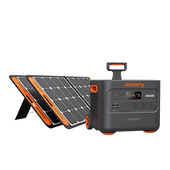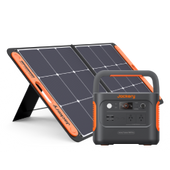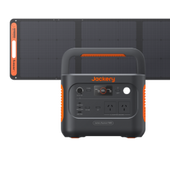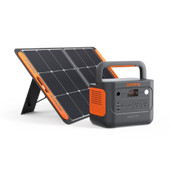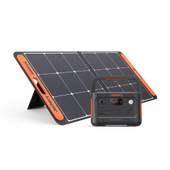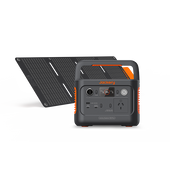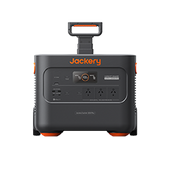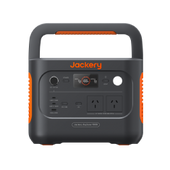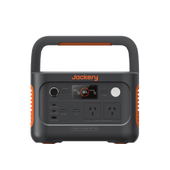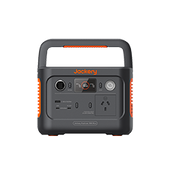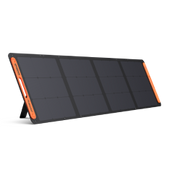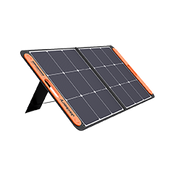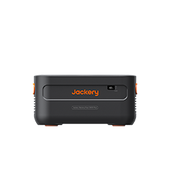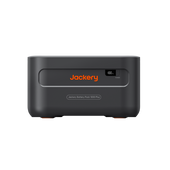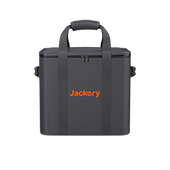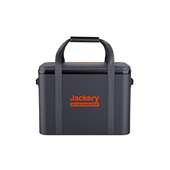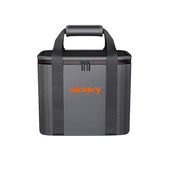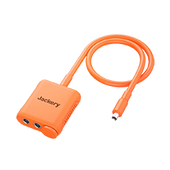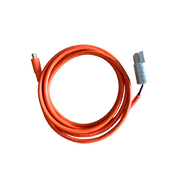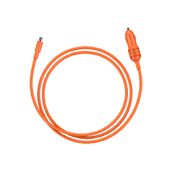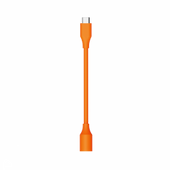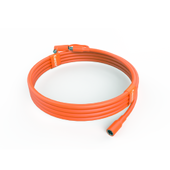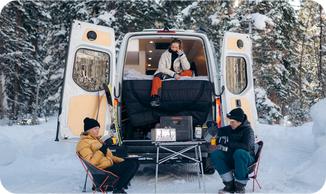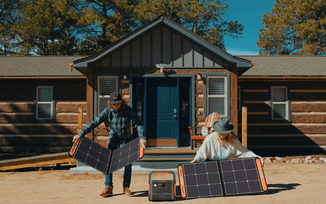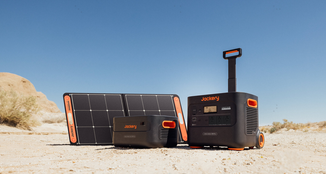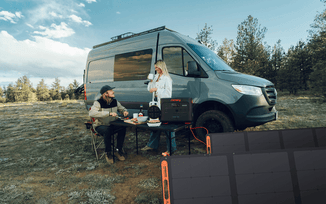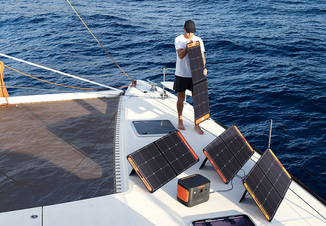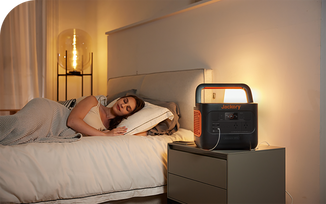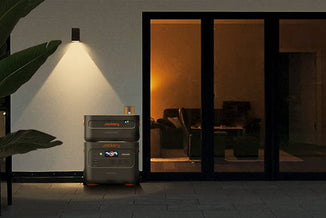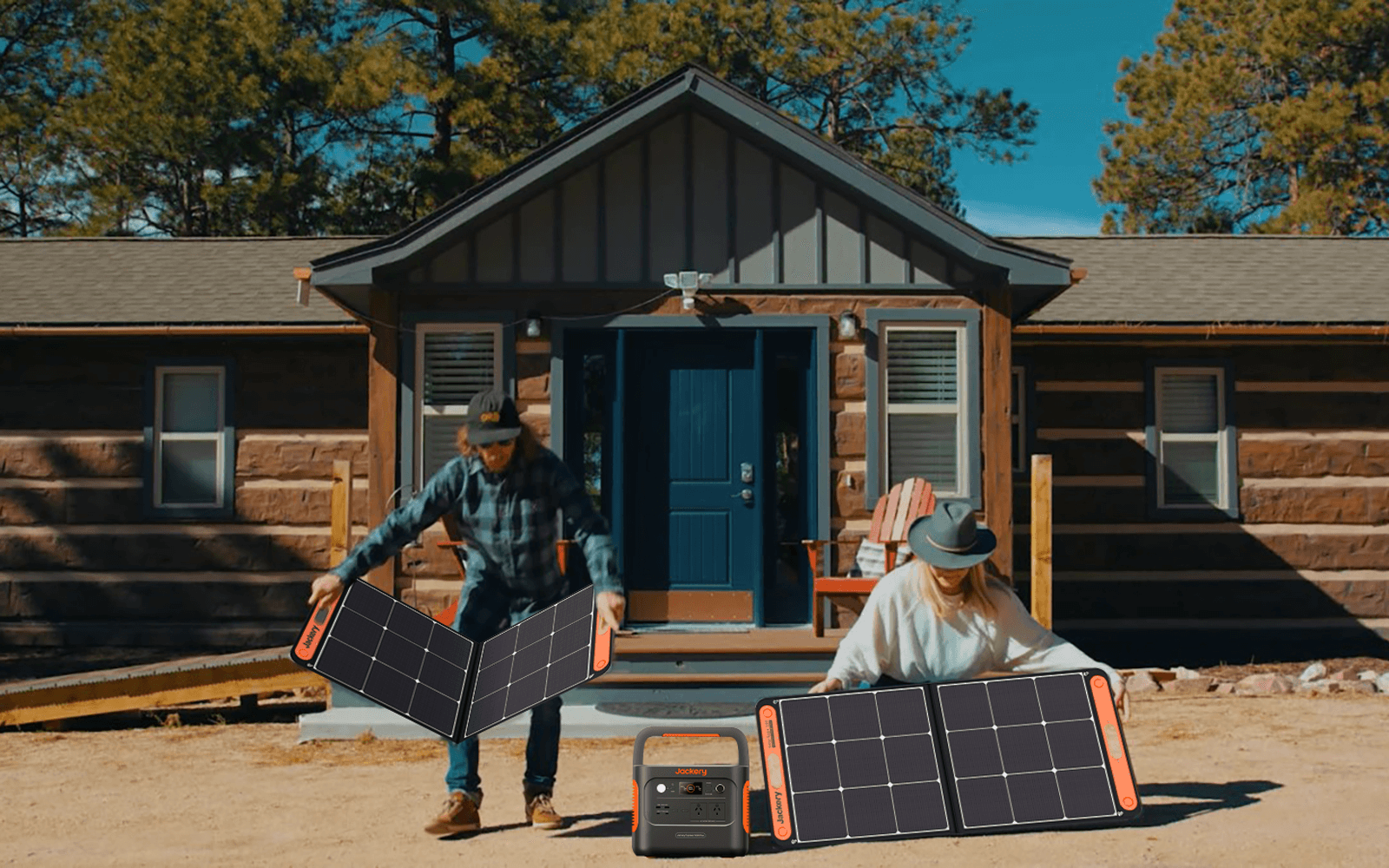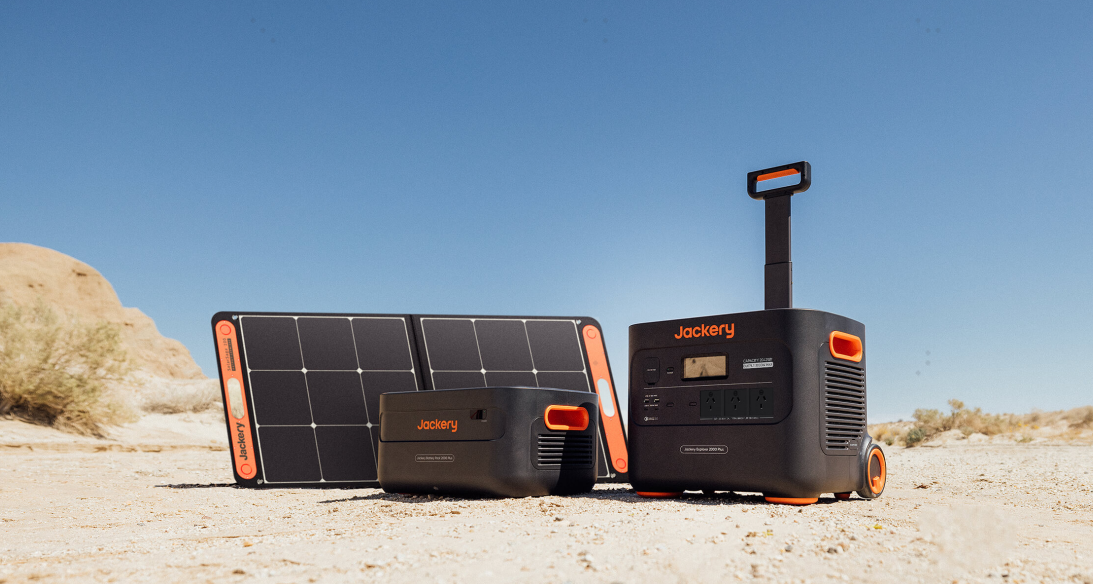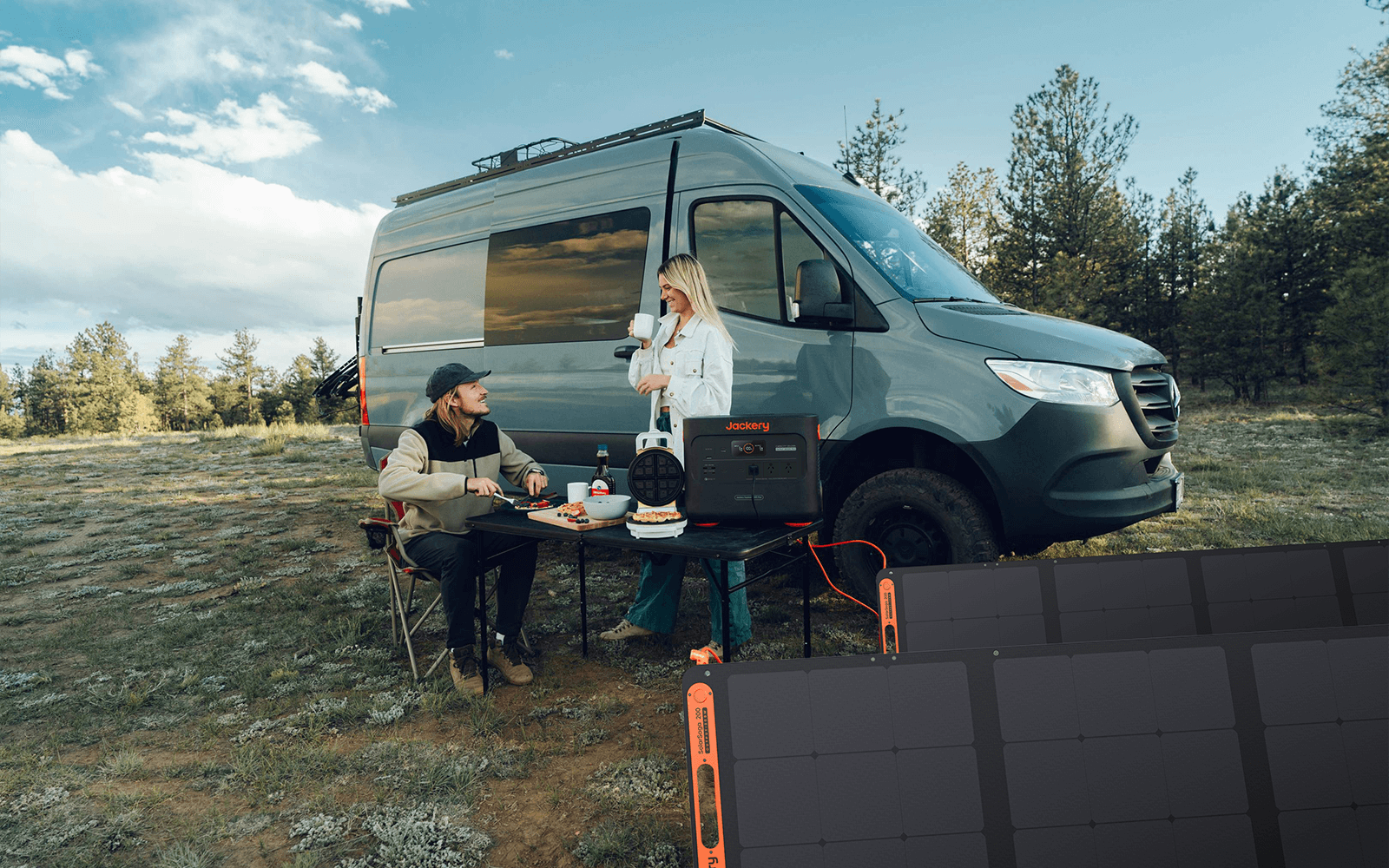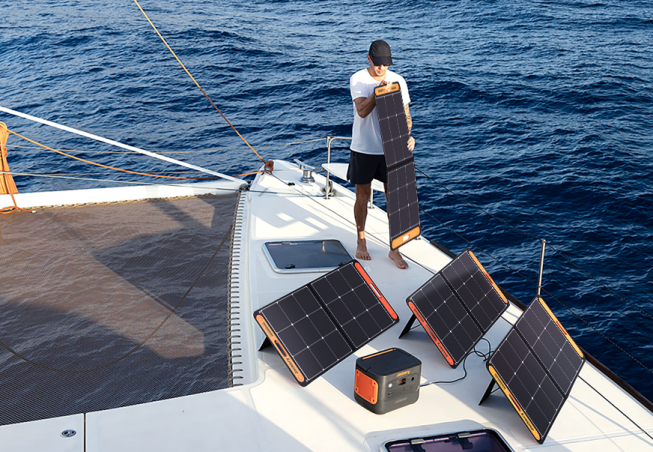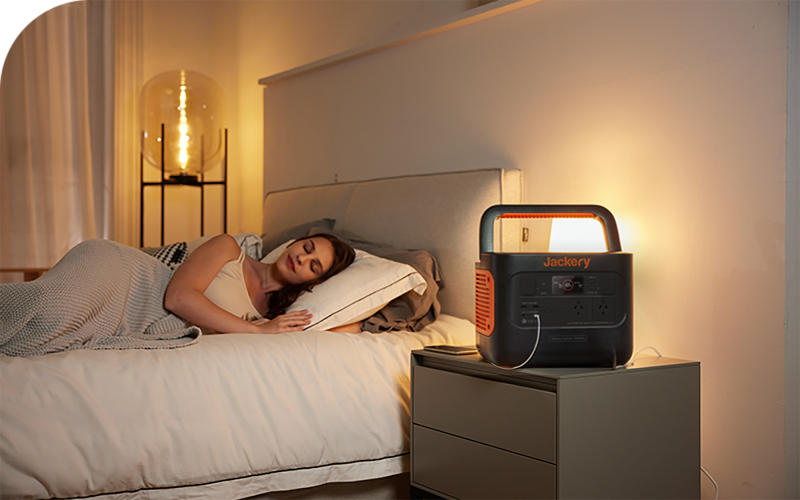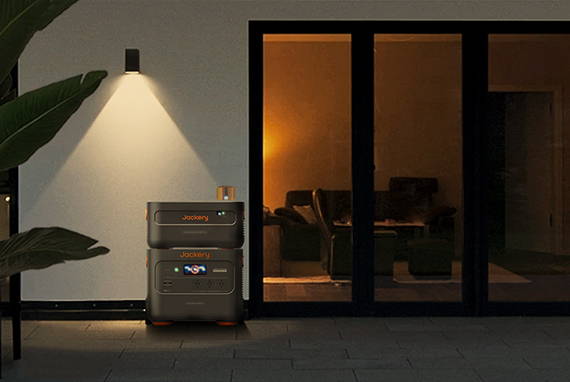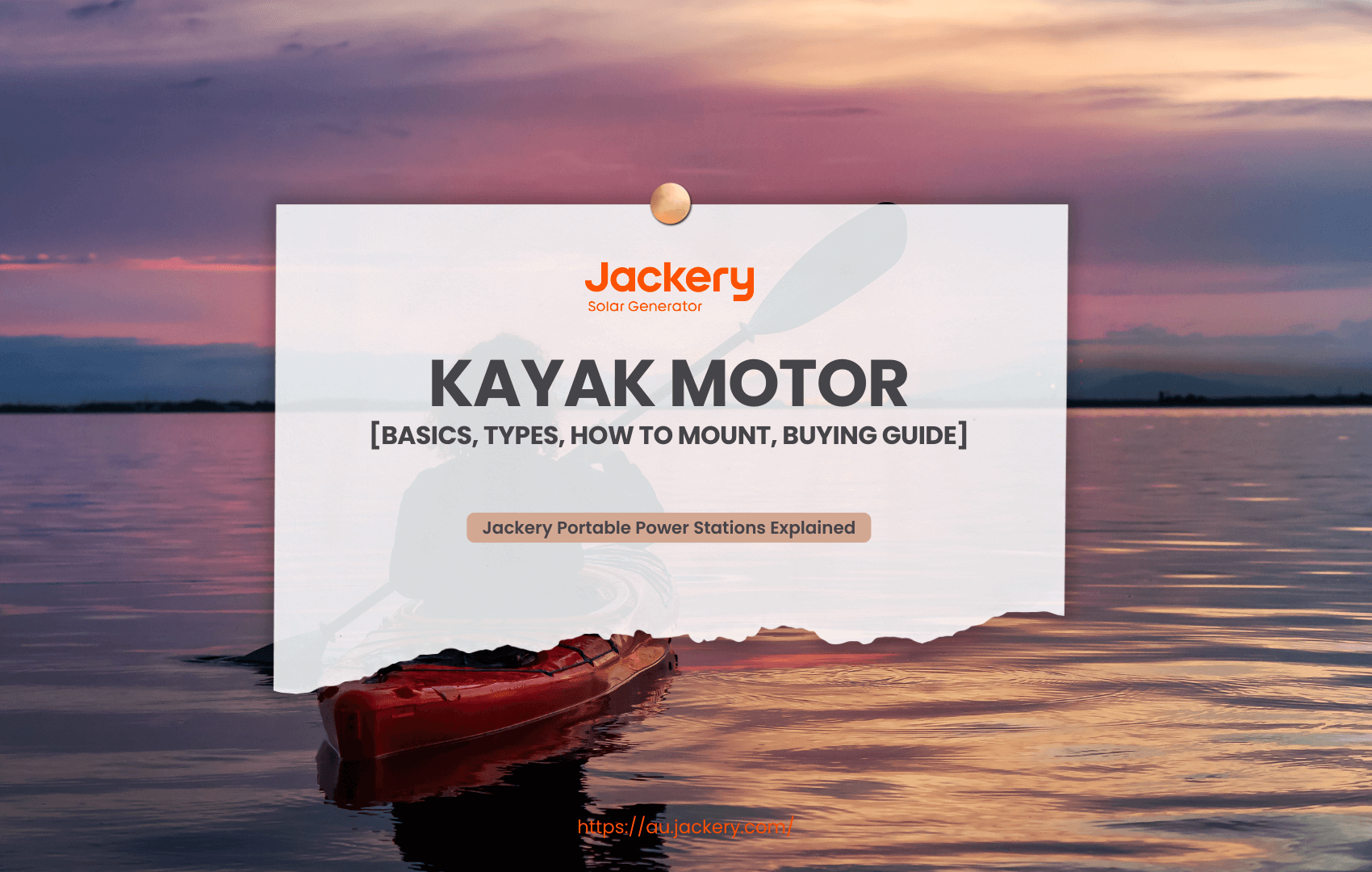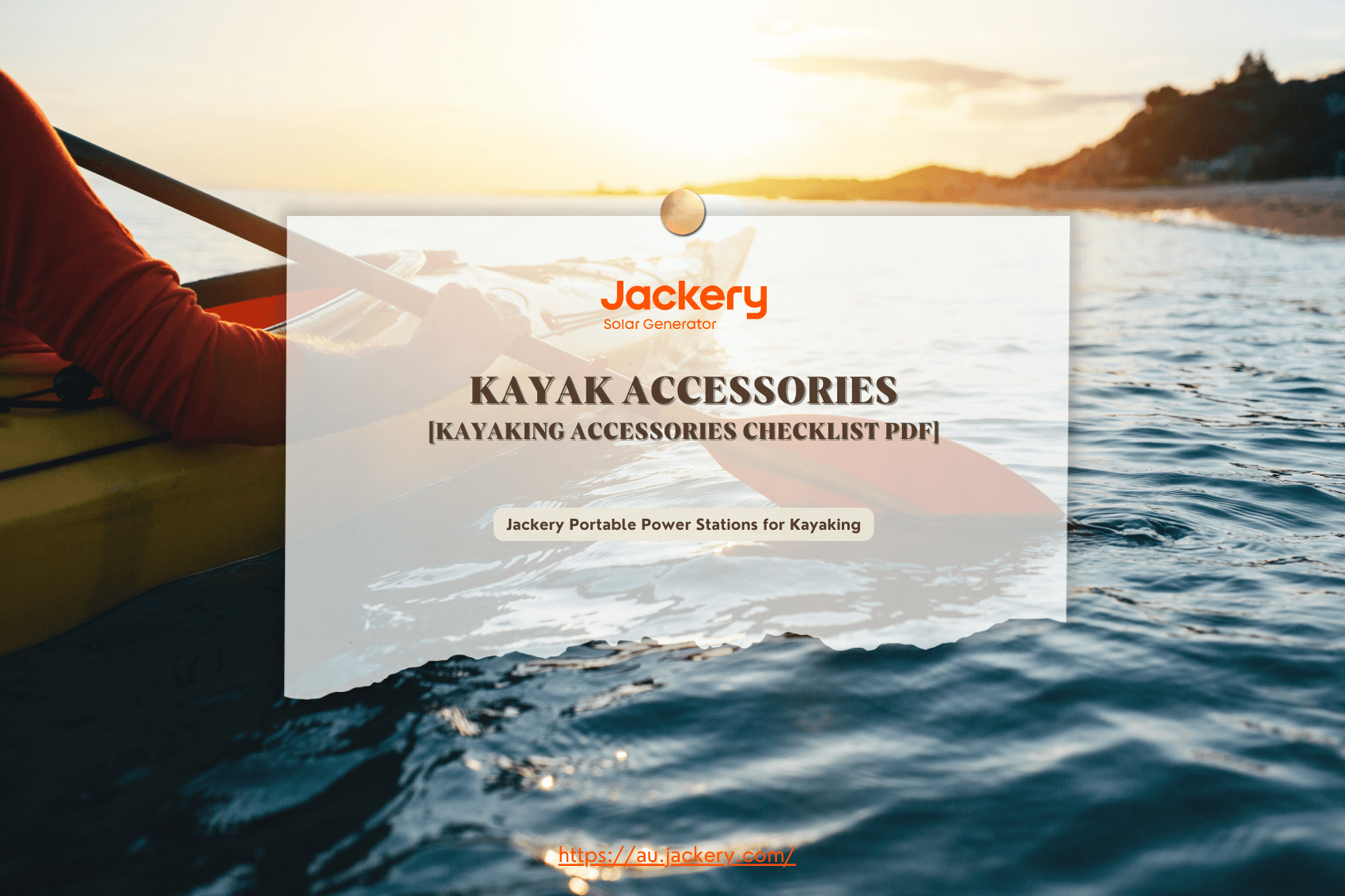What Is a Kayak Motor?
A kayak motor is an electric or gas-powered propulsion system that helps or replaces paddling so that kayakers can move through the water with less physical effort. These motors are particularly popular among anglers, long-distance paddlers, and people with limited mobility because they allow them to cover longer distances, navigate currents, and save energy for other activities like fishing or exploring.
Why Do You Use a Kayak Motor?
There are several practical advantages to using a kayak engine that improve kayaking experiences for both leisure and utilitarian purposes. Reducing physical effort is one of the primary reasons people opt to utilise a motor. By using a motor instead of just paddling, you may go farther with less tiredness, which is especially helpful for people who are weak, have limited stamina or just want to save energy for other pursuits like fishing or travelling.
Additionally, kayak motors can extend your range. You can travel further and more effectively to distant or otherwise difficult-to-reach locations with motorised help. This is perfect for fishermen, wildlife photographers, or anyone who likes long kayaking excursions. Furthermore, motors help to maintain constant movement and enhance safety by providing superior control in difficult situations like wind, waves, or strong currents.
A kayak engine offers fishermen the benefit of hands-free operation, freeing them from the distraction of paddling so they can concentrate on casting, trolling, or gear management. This accuracy is quite beneficial when attempting to hold your position in a favourable fishing location. Additionally, kayak motors increase accessibility, making the sport more pleasurable and doable for elderly or physically unable people.
In addition, they save time. By accelerating your route, a motor allows you to spend more time enjoying the activity itself. A kayak motor can make your time on the water more comfortable, effective, and pleasurable, whether for performance, accessibility, or convenience.
Types of Kayak Motors
Kayak motors come in a variety of forms, each intended to meet specific requirements, conditions, and performance levels. Here is a summary of the primary kinds:

Electric Trolling Motors
In Australia, these are the most well-liked and accessible kayak motors. These are perfect for fishing and recreational use because they are small, silent, and environmentally friendly. They are usually positioned on the side or stern of the kayak and are powered by 12V batteries.
Pros:
Quiet and stealthy—great for fishing
Lightweight and easy to install
Affordable and readily available at stores like BCF and Anaconda
Environmentally friendly (no emissions)
Cons:
Limited speed and power
Relies on a 12V deep-cycle battery, which can be heavy
Runtime depends on battery capacity
Ideal For:
Recreational users, beginners, and anglers in calm lakes, rivers, or inshore waters.
Gas Outboard Motors
Although gas-powered engines are less prevalent on kayaks because of their weight and noise level, they provide more force and speed, which makes them appropriate for long-distance or bigger kayaks. Although they need fuel and frequent upkeep, they can be a dependable choice in harsher environments.
It is possible to equip larger or tandem kayaks with small gasoline outboards (such as 2–2.5 HP). Due to their weight and noise, they are uncommon in most Australian kayaks, but they might be useful in isolated or offshore situations.
Pros:
More powerful—can handle currents and waves
No need for batteries or charging
Great range with a small fuel tank
Cons:
Heavier and bulkier—less suitable for small kayaks
Loud and polluting
Requires fuel storage and regular maintenance
May be restricted in some Australian waterways
Ideal For:
Heavy-duty applications, offshore trips, or larger kayaks used in bays and coastal areas.
Brushless Electric Motors
Brushless motors are more robust, powerful, and efficient than conventional trolling motors. They need less upkeep and produce less heat. These motors are frequently found in high-end configurations where longevity and performance are crucial.
Pros:
Higher efficiency and longer lifespan
Quieter and smoother performance
Less maintenance than brushed motors
Lighter and more compact in high-end models
Cons:
More expensive than standard trolling motors
Requires compatible battery systems
Repairs can be more complex if needed
Ideal For:
Serious kayak anglers and long-distance paddlers needing reliability and endurance in a variety of water conditions.
Pedal-Assist Systems
These systems combine electric motor assistance with manual pedalling like an electric bike. They ease the tension on the legs and back and are excellent for long distances, preserving the authentic kayaking experience.
Pros:
Great for hands-free fishing or photography
Combines exercise with mechanical help
Maintains natural kayak experience
Eco-friendly and relatively quiet
Cons:
More complex system—requires coordination of pedal and motor
Higher price point
Limited to specific kayak types or adaptations
Ideal For:
Active kayakers and anglers who want a balanced experience between fitness and ease, especially in estuaries, rivers, and calm coastal waters.
Integrated Motor Systems
Certain kayak types, like the Hobie Mirage Drive with motor aid, have built-in motors. These systems, which frequently provide pedal-motor hybrid control for effective hands-free operation, are made to blend in perfectly with the kayak's structure.
Pros:
Seamless integration with kayak structure
Pedal and motor hybrid for versatile control
Often includes GPS, remote steering, and autopilot features
Minimal external wiring or mounting hassles
Cons:
Expensive upfront cost
Limited to specific kayak models
Repairs may require specialist parts or service
Ideal For:
Kayakers who want an all-in-one solution and are willing to invest for maximum convenience and performance.
Pod or Jet Motors
These compact motors are installed beneath the kayak, usually in a recessed location or centre console. They are sleek, obstacle-free, and typically controlled via remote. Bixpy motors are an outstanding example of this type.
Pros:
Sleek and integrated—minimal drag
Remote-controlled with adjustable speeds
Lightweight and waterproof design
Easily swappable between kayak, SUP, and canoe
Cons:
Costly initial investment
Limited to moderate thrust (around 30 lb)
Compatibility may require adapters
Ideal For:
Recreational users and anglers who want a discreet, hands-free system without modifying the kayak’s shape much.
How to Mount a Kayak Motor?
A kayak motor's performance, balance, and safety are all dependent on appropriate mounting. Here's a complete step-by-step guide for mounting an electric or gas kayak motor in Australian conditions:

Transom Mount: Transom mount is the most frequent way motors are attached to kayaks. This configuration keeps the motor out of the way while paddling or fishing and provides excellent balance and steering opportunities.
Pod Mount: A pod or centre mount typically uses jet-style or integrated motors. These attachments are installed beneath the kayak, providing a more streamlined layout and increased stability, but they frequently require a corresponding hull or adapter kit.
Side Mount: Although a side mount, which is situated on the side of the kayak and places the motor within easy reach, makes it convenient for manual control, it can somewhat impair the kayak's balance if it is not aligned correctly. Some kayakers choose to mount their motors on the side of their kayaks. A common application for it is with trolling motors.
Step 2: Select a Mounting Bracket or Kit
Once you've determined the mounting location, you'll need a suitable mounting bracket. Universal motor mounts are available from major Australian outdoor retailers like BCF and Anaconda and specialist kayak businesses like SLH and Kayaks2Fish. Some kayaks even include built-in mounting places or factory-ready choices.
Alternatively, many DIY enthusiasts create their own brackets from materials such as PVC, treated wood, or lightweight aluminium. The trick is to make sure the bracket is solid, stable, and positioned such that the engine has clear access to the water.
Step 3: Install the Mounting Bracket
Once the bracket is ready, the following step is to fasten it to the kayak. Most mounts are secured with either clamps or screws. If you're drilling into the kayak's plastic hull, apply marine-grade sealant or attach backer plates to keep water out.
Before completing the installation, test the location to ensure that the engine shaft does not interfere with your paddle strokes and that the propeller is totally submerged during use.
Step 4: Mount the Motor
After mounting the bracket, it is time to mount the motor. Slide the motor shaft into the bracket and tighten it according to the manufacturer's directions. Set the shaft so the propeller is 15 to 30 cm below the waterline to achieve the best performance. Make sure the motor controls—particularly the tiller handle or remote—are easily accessible and comfortable to use from your seat.
Step 5: Wiring and Battery Setup (For Electric Motors)
For electric motors, the next step is to connect the battery and wire. Place a 12V deep-cycle or lithium battery inside a dry storage hatch or waterproof box. Use marine-grade cables, and ensure that all connections are tight and corrosion-resistant. Install an inline fuse or circuit breaker to increase safety.
Many Australian users additionally add a Pulse Width Modulator (PWM) to increase battery life and provide smoother speed control. Make sure all wiring is secured with zip ties or conduit to avoid catching on fishing gear or paddles.
Step 6: Test Everything
Once everything is linked, run a test in calm, shallow water. Turn on the motor at a low speed to see how it impacts the kayak's tracking, balance, and control.
If the kayak tips to one side or the motor does not stay submerged, you may need to relocate the mount or modify the shaft height. After testing, make sure that all bolts, clamps, and cables are secure before embarking on more extended travels.
Step 7: Consider the Local Conditions
Local restrictions and rules must be considered when operating in Australian seas. If you plan to use your kayak motor in saltwater, ensure all mounting hardware is corrosion-resistant—stainless steel and anodised aluminium are perfect.
Also, local restrictions must be verified, particularly in New South Wales and Victoria, as motorised kayaks may require registration. Regardless of the motor configuration, always carry a paddle as a backup in case of a battery failure or motor malfunction.

How to Power a Kayak Motor with Jackery?
Using a portable power station to charge your kayak motor in Australia is straightforward. Still, the exact steps will depend on the type of kayak motor you have (likely electric) and the specific features of your portable power station.
Identify the charger that came with your kayak motor battery. Note its input voltage requirements (usually AC mains, e.g., 240V in Australia) and its output voltage and current specifications (which match your motor battery).
Check the output ports available on your power station, such as the Jackery Portable Power Station. You'll likely need an AC outlet (240V in Australia) to plug in your motor's battery charger. Some power stations might also have DC output ports that could potentially be used with a compatible DC charger for your motor battery (though this is less common).
Note your power station's AC output power rating (in Watts). Ensure it's higher than the power consumption of your motor's battery charger. Here, we recommend Jackery Explorer 2000 Plus and 1000 v2.
|
Kayak Motor |
Running Time |
|
|
Jackery Explorer 2000 Plus |
Jackery Explorer 1000 v2 |
|
|
3.7mph Kayak Motor (250W) |
6.2-38.4H |
3.3H |
|
33 Pounds of Thrust Kayak Motor (450W) |
3.6-21.3H |
1.9H |
|
4.7mph Kayak Motor (500W) |
3.2-19.2H |
1.7H |
(*The working hours are only for reference; the actual working hours depend on your usage.)
Jackery Explorer 2000 Plus
The Jackery Explorer 2000 Plus is ideal for charging a kayak motor with expandable capacity. This powerhouse can hold up to five more battery packs and has a 12kWh capacity that can be expanded.

The Jackery Explorer 2000 Plus is a powerful portable power station with a large capacity (2042.8Wh) and a high AC output (3000W, with a 6000W surge peak). These features make it well-suited for charging kayak motors, which are typically electric and require AC power for their chargers.
The Jackery Explorer 2000 Plus is equipped with Australian Standard 230V AC outlets. This is crucial because kayak motor battery chargers sold in Australia will have plugs designed for these outlets. You can directly plug your kayak motor's charger into the Jackery without needing any adapters. The 3000W continuous output is more than enough to handle the power requirements of virtually all kayak motor battery chargers.
With its substantial 2042.8Wh battery capacity, the Explorer 2000 Plus can store significant energy. This allows you to charge your kayak motor battery multiple times, depending on the capacity of your motor's battery and the efficiency of the charging process. This is incredibly valuable for multi-day kayaking trips along Australia's vast coastline, rivers, and lakes, where access to mains power might be limited or non-existent.
The Explorer 2000 Plus prioritises durability and security. Its LiFePO4 battery chemistry ensures a 10-year lifespan, and its innovative ChargeShield Technology offers 62 layers of protection to safeguard your kayak engine and extend battery life. The FCC, CE, and UL have certified this generator, which is built to deliver dependable, incredibly safe performance in any situation.
Jackery Explorer 1000 v2
The key to charging your kayak motor battery is the AC output. The Jackery Explorer 1000 v2 comes equipped with two standard Australian 230V AC outlets. It provides a continuous AC output of 1500W, with a surge peak of 3000W. This is ample power to run the AC adapter that typically comes with your electric kayak motor battery. You can simply plug the charger into the Jackery, just like you would at a wall socket in Australia.

The Jackery Explorer 1000 v2 has a battery capacity of 1070Wh (Watt-hours). This is a significant amount of stored energy that allows you to charge your kayak motor battery multiple times, depending on the capacity of your kayak battery.
For example, if your kayak motor battery has a capacity of around 300-500Wh, you could potentially get 2-3 full charges from the Jackery Explorer 1000 v2. This dramatically extends your time on the water, especially during multi-day trips or when you're away from mains power.
While the Explorer 1000 v2 weighs around 10.8 kg, it's designed to be portable with a foldable handle. This allows you to transport it relatively easily to your kayaking locations, campsites, or wherever you need to charge your motor battery away from fixed power sources in Australia.
Factors to Consider When Choosing a Kayak Motor
There are several important aspects to consider when selecting a kayak motor. This will ensure that you select the most suitable engine for your requirements, the environment, and the configuration of your kayak.

Water Conditions and Motor Power
A motor with 18 to 30 pounds of thrust is usually adequate for flatwater or gentle rivers. Still, if you're dealing with tides, strong winds, or open water, you might need a more powerful motor (40 pounds or more) saltwater-rated to withstand corrosion in marine environments. Take into account the type of water you'll be using your kayak in, whether it's calm lakes, rivers, estuaries, or open coastal areas.
Battery Compatibility and Runtime
Electric motors require a consistent power source; therefore, the motor must be compatible with 12V deep-cycle AGM or lithium batteries. Lithium batteries are lighter and last longer, but they cost more. Consider how long you intend to stay on the water, and make sure the battery provides enough runtime without exceeding your kayak's weight capacity. Make sure to leave enough space for secure and weatherproof battery storage.
Mounting and Kayak Compatibility
Make sure the motor can be correctly installed on your kayak. Common mounting options include transom (rear), side, and pod/under-hull mounts. Some kayaks come "motor-ready" with built-in mounting plates or rudder slots, while others may require aftermarket brackets or DIY solutions. The mounting system mustn't interfere with paddling, gear, or balance.
Steering and Control Options
Kayak motors can be controlled via a tiller handle, foot pedal, or wireless remote. Tiller controls are straightforward and inexpensive, although remote-controlled or foot-steering solutions provide hands-free operation, which is perfect for fishing or photography. Choose a system that is comfortable for your seating posture and paddling style.
Weight, Portability, and Budget
Kayaks have a restricted weight capacity; therefore, consider the weight of both the motor and the battery. Lightweight engines are easy to install and transport, especially when paddling alone.
Prices in Australia range considerably, from less than $200 for simple trolling motors to more than $2,000 for luxury models with GPS and high-performance batteries. Consider your budget and stick to reputable manufacturers like Watersnake, Minn Kota, Bixpy, and FPV-Power for dependability and local support.
Legal Requirements and Safety
In some Australian states, installing a motor to your kayak requires registration, and you may be required to carry additional safety equipment such as lifejackets, flares, or a sound signalling device. Always consult local maritime laws (e.g., Transport for NSW or Marine Safety Victoria). Furthermore, electric motors are quieter and more environmentally friendly, making them an ideal solution for fragile rivers or fishing regions.
Kayak Motors FAQs
The following are the frequently asked questions about kayak motors in Australia.
1. Can you put a motor on any kayak?
Additionally, most kayak manufacturers do not provide mounting kits tailored explicitly for their boats, and the typical kayak is not designed to accept a trolling motor. Please take advantage of the fact that we have combed through the market for universal mounts and compared them below for your convenience.
2. How fast will a 55lb trolling motor push a kayak?
The normal amount of thrust required for small, lightweight kayaks less than 12 feet long is between 30 and 40 pounds. Kayaks that are between 12 and 14 feet in length typically require between 40 and 55 pounds of thrust to hit speeds of three to four miles per hour. Larger kayaks, which are longer than 14 feet, typically require between 55 and 80 pounds of force in order to achieve speeds of between 4 and 6 miles per hour.
3. How much thrust is needed for a kayak motor?
In general, you will need approximately 10 pounds of thrust for every 100 pounds of weight in order to achieve the desired speed of between two and four miles per hour. At high speeds of four or even five miles per hour, you will find that you can effortlessly glide through the water if the waves are not too rough.
4. Are kayak stabilisers worth it?
While kayaks are incredibly stable, unless overloaded, they can readily move from side to side, giving the impression that they are unstable. Adding outriggers (also known as stabilisers) increases stability to the point that a capsize is nearly impossible.
5. What size electric motor for a kayak?
Weight, use, and water conditions determine a kayak's best electric motor size. An 18- to 30-pound motor suits most single-person kayaks on calm lakes, rivers, or estuaries. This size gives enough power for steady cruising or fishing without weighting down or exhausting the battery. Using a tandem kayak, a highly loaded fishing kayak, or navigating against wind or tide may require a 40- to 55-pound thrust motor.
A 24--30-inch engine shaft works for most kayaks to keep the propeller submerged. Too powerful a motor can be superfluous and add weight, while too weak may struggle under challenging conditions. For optimal performance, battery life, and control, match the engine size to your kayak's carrying capacity and paddling environment.
Final Thoughts
You can significantly improve the quality of your paddling experience by installing a kayak motor, providing convenience, efficiency, and variety in your travels. You can do longer trips, have more straightforward navigation, and have better access to hidden rivers and fishing hotspots if you have the correct motor and the proper setup.
Your time spent on the water will be safer, more productive, and significantly more pleasurable if you invest in a kayak motor tailored to your kayak and the area's conditions. This is true whether you are a casual paddler or a dedicated angler.

